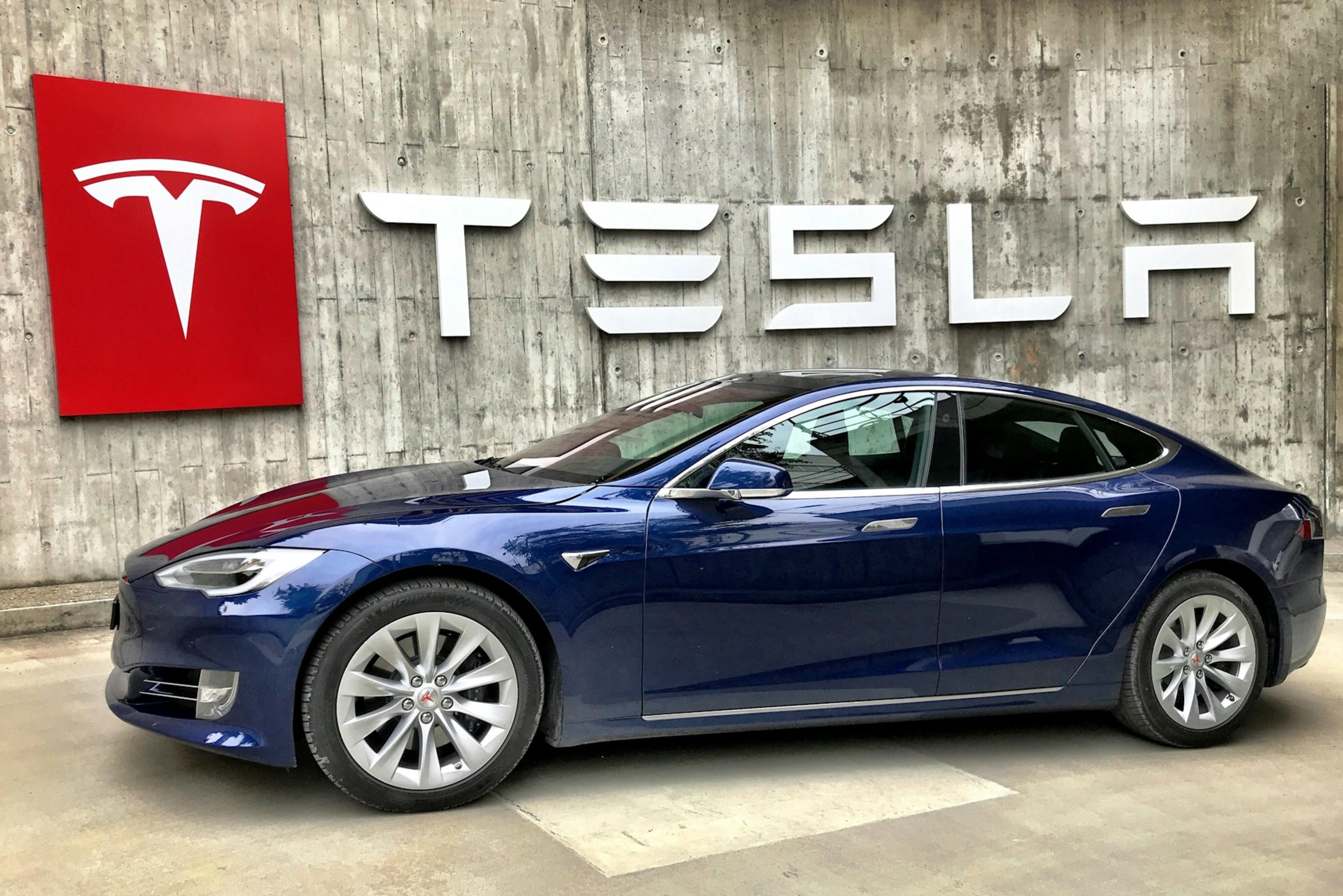TSLA is up 20% after Q3 - here are the key highlights
Stoculator
October 24, 2024 6:15PM GMT

Tesla's (NASDAQ:TSLA) shares are up 20% so far today. The company released its Q3 results after the closing of the previous trading session. The reported total revenue of $25.1 billion is an 8% increase from the previous year's Q3 total revenue of $23.3 billion. The $20 billion automotive revenue is a 2% increase from the previous year's Q3. However, there is a surprising 52% increase in the energy generation and storage segment revenue as the company recorded $2.3 billions in sales.
Most automotive companies trade at a p/e ratio between 5 and 10 because of the thin margins in the industry and investors skepticism. On the contrary, EV makers are either unprofitable or trade at a much higher p/e ratio. Tesla is trading at a p/e ratio of 65. Such a high difference shows investors believe in Tesla's growth potential. This means investors are always anticipating reports on how many vehicles Tesla is making and delivering every quarter and for what gross margin these vehicles are being sold. The company achieved record delivery by delivering 462,890 vehicles this quarter in a 6% increase over the same quarter last year. The gross margin went up to 19.8% from last year's 18.5%.
Looking ahead, Tesla has outlined ambitious plans for 2025, including the launch of more affordable vehicle models. CEO Elon Musk has projected a 20% to 30% growth in vehicle sales next year, driven by the introduction of these new models. He called these numbers his "best guess".
Additionally, Tesla is gearing up to roll out its robotaxi, the Cybercab, and aims to produce between 2 million and 4 million units annually. But the production for these is not expected to start before 2026. Musk's vision for Tesla's future includes a strong focus on autonomy and expanding its energy business which already showed great growth this year.
Musk has also announced a ride-hailing app using their own vehicles. The app is currently operational in their facilities in California but not fully autonomous yet. The service is expected to roll out in Texas and California sometime next year and may be fully autonomous.